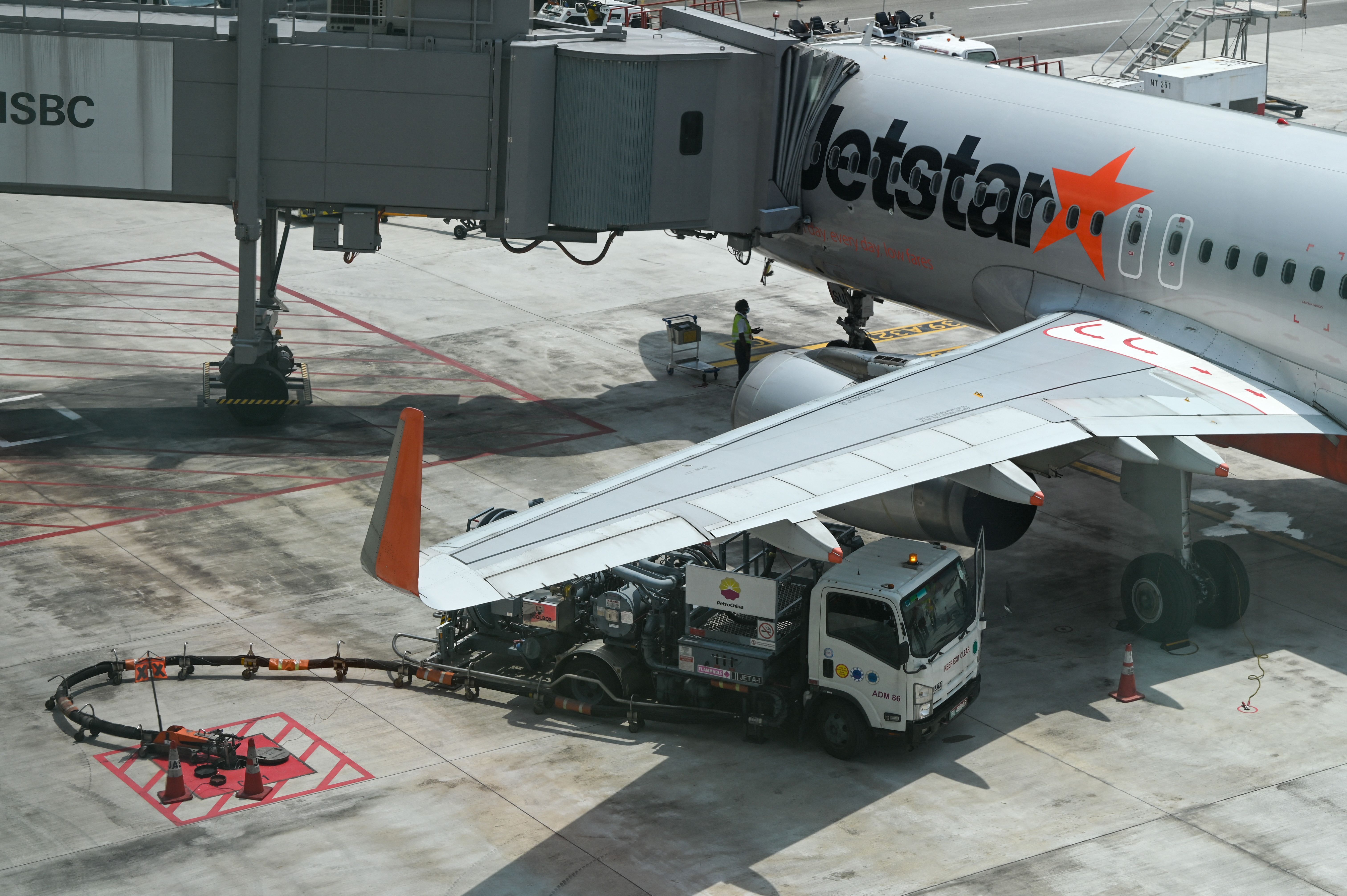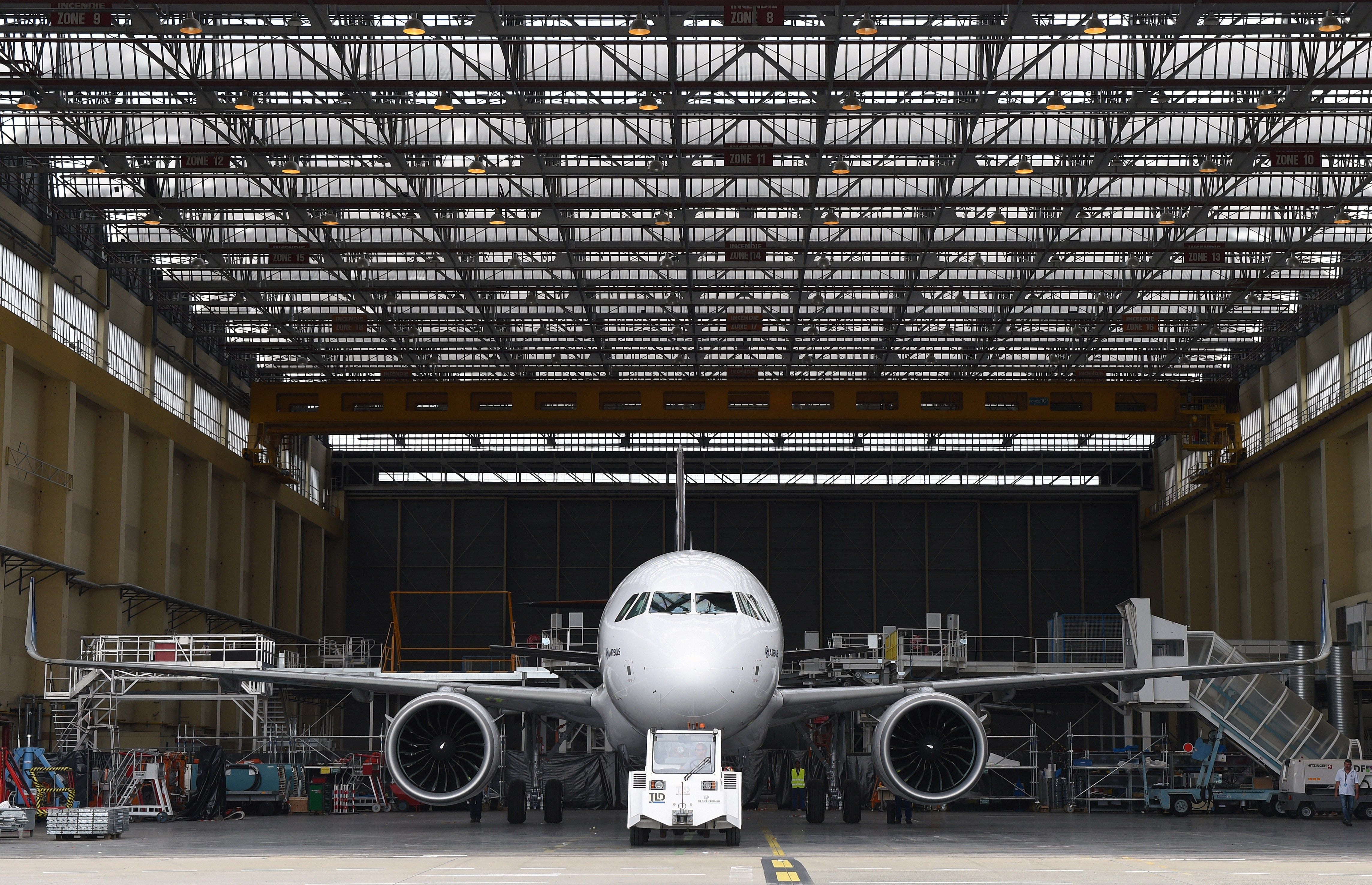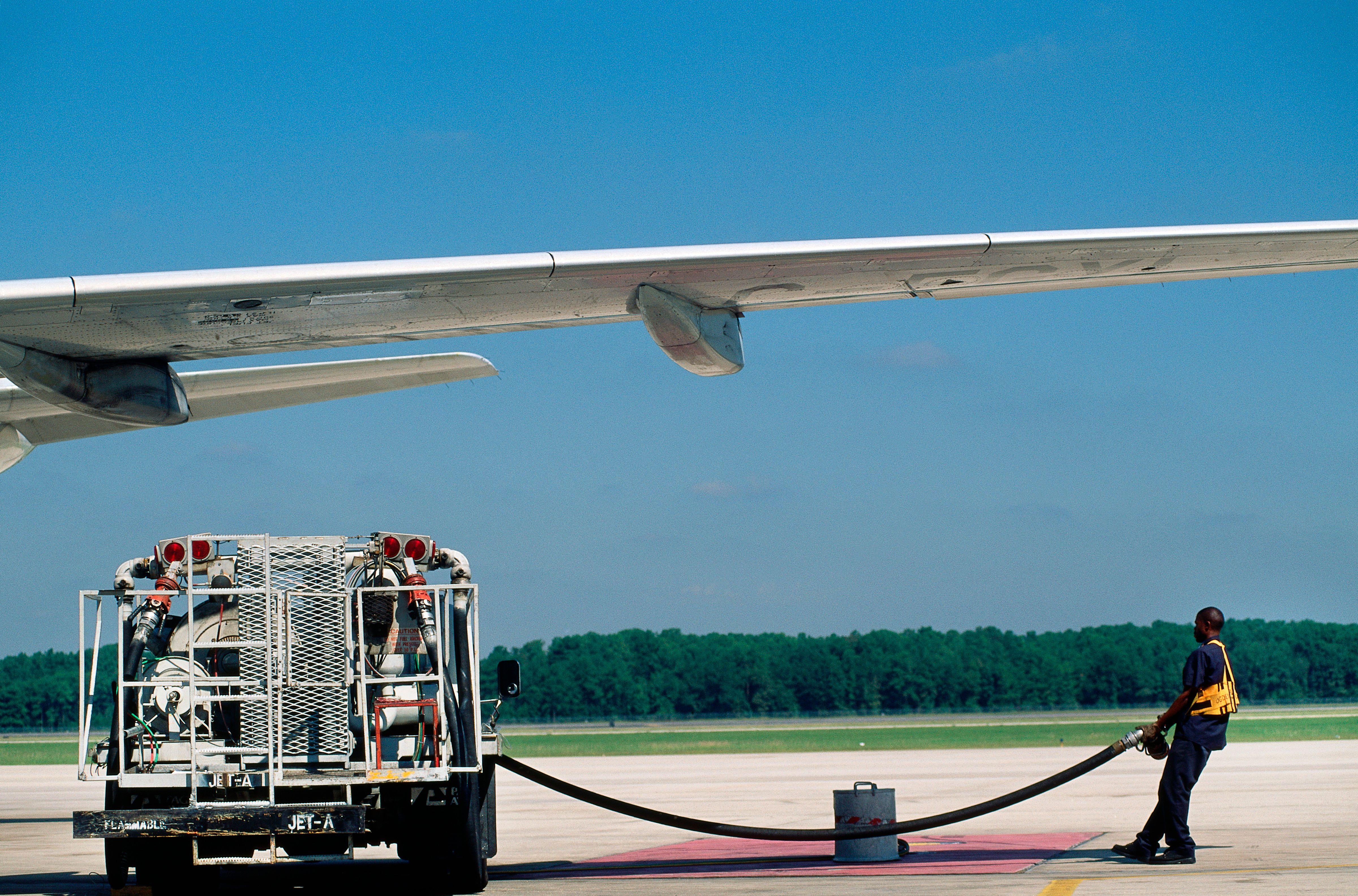Today we'll look at passenger aircraft and examine where they store all that fuel. Unlike a car that you fill up until full (or whatever your budget allows), deciding how much fuel to load into an aircraft is a complicated matter. Flight planners calculate the amount of fuel an aircraft will need based on several factors. These variables include distance, weight, cruising altitude, wind velocity, and air temperature. Added to this is taxi burn, which is the fuel used to get to and from the runway. And of course, adding a little extra just in case of a diversion or emergency.
By not carrying more fuel than is needed for the trip, airlines can save vast amounts of money as they are not operating with unnecessary weight. With some long-haul flights, the amount of fuel needed can account for a third of the aircraft's weight, which means that it needs to be stored in such a way so as not to throw off the plane's center of gravity. The best place to do this on modern passenger planes is to store the fuel in the wings.
Weight and balance
Weight and balance are essential considerations when it comes to creating an aircraft's center of gravity. The seating arrangement is also a factor, as we have found out with the Airbus A321neo and A320neo. Under certain circumstances, both planes tend to pull their nose up after certain severe maneuvers. To compensate for this, Lufthansa began blocking the sale of the last row of seats on this aircraft.
Airlines also have loadmasters who decide where cargo is placed based on volume and weight. When it comes to heavy fuel, evenly distributing it between the wings helps to maintain aircraft balance.
Storage room
Commercial airliners are built to carry as much payload as possible. The payload includes passengers, luggage, and cargo. If you took a cross-section of the plane, you would see that the bottom half is for carrying freight and the upper half for passengers. This leaves the virtually hollow wings as a perfect place to store the fuel. Similar to a car with a separate fuel tank, the wings on aircraft are watertight and designed to hold aviation fuel. Having spars built between sections of the wing also stops the fuel from sloshing around. These spars have holes in them that let fuel pass through but at a much slower rate.
We should also note that while the wings are the most common fuel storage area for commercial aircraft, the A320 family of aircraft has options to install additional fuel storage in the aft cargo hold.
Stay informed: Sign up for our daily and weekly aviation news digests.
Structural integrity
All aircraft rely on their wings to create lift, with the most stress being put on the wings during takeoff when the plane is at its heaviest. Putting fuel in wings helps stop them from flexing, which would occur if you had a heavy aircraft and light wings. Engineers discovered that having heavy wings actually put less stress on them as the weight of the plane is more evenly balanced.
All of this means that storing fuel in the wings is not only a great way to save space but also a smart way of putting less pressure on the wings' integrity. Clearly, a win-win for everyone.
Careful considerations
Altogether, systems vary notably from plane to plane because of the relative size and complexity of the aircraft in which they are fitted. Skybrary summarizes the systems with the following:
"In the most basic form, a fuel system will consist of a single, gravity feed fuel tank with the associated fuel line connecting it to the aircraft engine. In a modern, multi-engine passenger or cargo aircraft, the fuel system is likely to consist of multiple fuel tanks which may be located in the wing or the fuselage (or both) and, in some cases, in the empange. Each tank will potentially be equipped with internal fuel pumps and have the associated valves and plumbing to feed the engines, allow for refueling and defueling, isolate the individual tanks and, in some applications, allow for fuel dumping or for optimisation of aircraft centre of gravity."
Amid the ongoing jet fuel crisis, which has seen airlines introduce surcharges in a bid to help offset costs, the mindfulness of these processes will go a long way in saving as much fuel as possible. The storage systems will combine with modern technology and other fuel-saving initiatives to keep costs down.
What are your thoughts about where aircraft fuel is stored? What do you make of the overall processes involved? Let us know what you think in the comment section.
Sources: BAA Flight School; Skybrary



